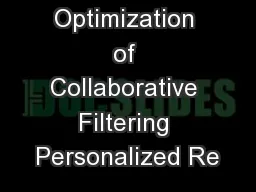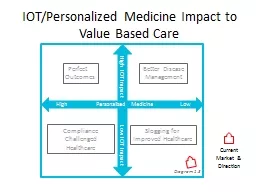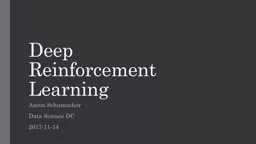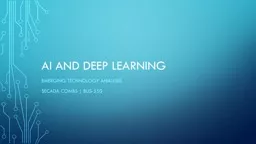PPT-Adapting Deep RankNet for Personalized Search
Author : giovanna-bartolotta | Published Date : 2018-09-17
1 Yang Song 2 Hongning Wang 1 Xiaodong He 1 Microsoft Research Redmond 2 University of Illinois at UrbanaChampaign Personalized Search Tailor search engines for
Presentation Embed Code
Download Presentation
Download Presentation The PPT/PDF document "Adapting Deep RankNet for Personalized S..." is the property of its rightful owner. Permission is granted to download and print the materials on this website for personal, non-commercial use only, and to display it on your personal computer provided you do not modify the materials and that you retain all copyright notices contained in the materials. By downloading content from our website, you accept the terms of this agreement.
Adapting Deep RankNet for Personalized Search: Transcript
Download Rules Of Document
"Adapting Deep RankNet for Personalized Search"The content belongs to its owner. You may download and print it for personal use, without modification, and keep all copyright notices. By downloading, you agree to these terms.
Related Documents














